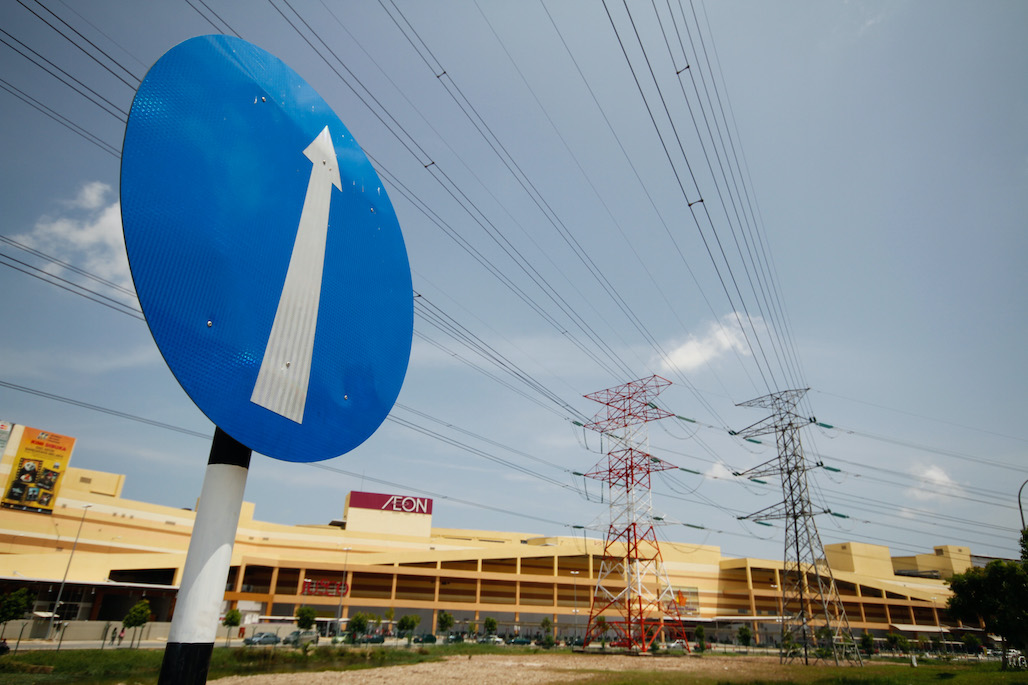
There are huge investment opportunities in Sabah and Sarawak as the two Malaysian states shift to clean energy as part of a nationwide push to achieve net zero by 2050.
When Malaysia unveiled its National Energy Transition Roadmap (NETR) in July, authorities said the plan would open up investment opportunities of between 435 billion and 1.85 trillion ringgit ($92 billion and $392 billion) by 2050. Economy Minister Rafizi Ramli said Malaysia’s energy transition roadmap would open up profitable ventures that are good for the environment as well as the economy.
The plan identified 10 flagship catalyst areas, including initiatives in Sabah and Sarawak. These flagship areas ranged from shift to renewable energy, energy storage, hydrogen, biofuel production, future mobility, to carbon capture and storage. The projects identified under the 10 flagship areas alone are expected to generate 25 billion ringgit in investments.
A summary report about the roadmap from accounting and consulting firm PwC flagged the business opportunities, noting the projects can propel high-impact industries, including micro, small and medium-sized enterprises. The projects can also attract investments and generate job opportunities, said PwC.
To seize the opportunities, PwC advised businesses to foster authenticity and be bold in integrating sustainability into their business strategy, practices, and culture; get the timing right in adopting technologies required to enable energy transition; and put in place a cross-functional team to implement sustainability initiatives.
Deploying renewables in Sabah’s energy mix
The roadmap identified an integrated initiative to enable Sabah to secure long-term energy supply and support the state’s socioeconomic development. This includes the development of large-scale solar and small hydropower plants, the formulation of policy and regulatory framework on biowaste to ensure a consistent supply of feedstock, and exploring the feasibility of geothermal for power generation.
In September, the state launched an energy roadmap and masterplan to secure power supply through 2040 and shift toward renewable energy like solar, hydropower, and geothermal.
At present, power generation in Sabah relies heavily on natural gas (86%), while renewable energy comprises a meager 7.3%.
With the plan, Sabah aims for a more balanced generation fuel mix, with 50% of capacity from renewable energy by 2035.
The plan, which complements the NETR, also targets to keep system average power interruptions below 100 minutes, achieve 100% rural electrification, and roll out sustainable electricity tariff by 2030.
The masterplan will be implemented by the Energy Commission of Sabah.
Leveraging on green hydrogen in Sarawak
Malaysia's energy roadmap envisions Sarawak as a regional green hydrogen hub. This entails implementing three integrated projects to produce green hydrogen in the state. These projects involve the development of a green hydrogen production plant in Kuching by 2025 for domestic use, and two plants in Bintulu by 2027 mainly to serve the export market.
The state government, through SEDC Energy, is already collaborating with strategic partners to develop the state into a green hydrogen hub.
Sarawak launched an integrated hydrogen production plant and refueling station in Kuching in 2019. It also introduced the state’s first hydrogen-powered vehicles around the same time. With the plant, state-owned electric utility company Sarawak Energy was able to explore hydrogen’s potential to be part of the state’s energy mix.
A media report quoted Sarawak Premiere Datuk Patinggi Tan Sri Abang Johari Tun Openg as saying the state is bent on exploring hydrogen energy to accelerate its shift to a low-carbon economy. He noted that hydrogen has many applications, including in healthcare and transportation. Hydrogen can also be exported in various forms, he noted.
Other flagship projects
Malaysia's energy transition roadmap identified other flagship projects. These include a large-scale, integrated renewable energy zone, encompassing an industrial park, zero-carbon city, residential development, and data center; centralized large-scale solar parks consisting of 100 megawatts deployment per site across five sites in several states; a 2,500-megawatt hybrid hydro-floating solar facility; 10,000 electric vehicle charging stations along highways and selected commercial buildings; mobile hydrogen refueling stations; a bio-refinery in Johor to serve as a catalyst for creating hubs to produce bio-based products, including sustainable aviation fuel, hydrotreated vegetable oil, advanced sustainable fuel, and biochemicals.
The government targets to reduce carbon dioxide emissions by more than 10 million tons annually under the first phase of the energy transition roadmap.
As of 2018, the energy sector contributed approximately 28% of gross domestic product and employed 25% of the workforce. The sector produced 78.5% of total emissions.
By 2050, Malaysia expects low-carbon sources to account for more than 90% of energy, and fossil fuels less than 10%.
As of 2020, Malaysia sources 43% of its energy supply from natural gas, 27% from crude oil and petroleum, 26% from coal, and 4% from renewables.
This article was first published by BIMP-EAGA on 11 October 2023.

